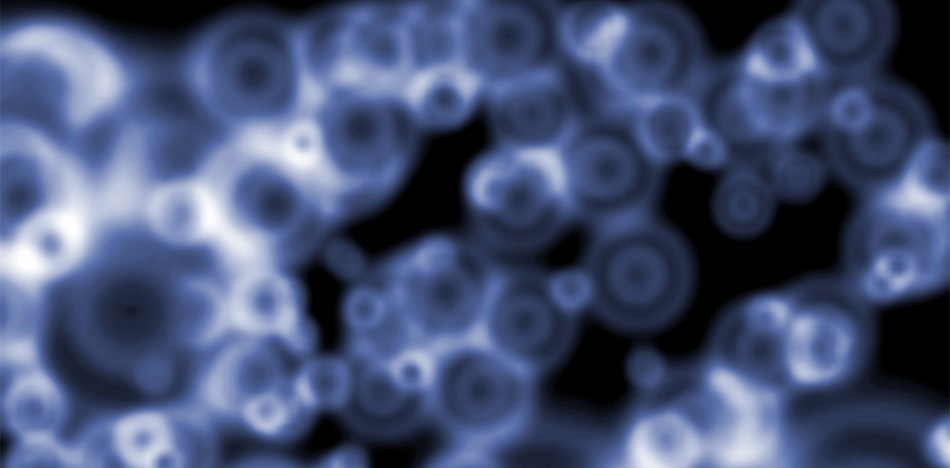Photocatalysis, through the utilisation of solar energy, is now regarded as an environmentally friendly way to degrade pollutants and to treat wastewater. Titanium dioxide (TiO2) and zinc oxide (ZnO) are widely used for their beneficial properties, but currently suffer from a short lifetime.

Image Credit: GiroScience/Shutterstock.com
Now, a team of researchers from Hungary have developed carbon nanospheres (CNSs) using a hydrothermal method, and coated them with TiO2 and ZnO layers by atomic layer deposition (ALD), in an effort to produce more effective photocataylsts.
Both titanium and zinc dioxide are widely used for photocatalytic applications due to their excellent chemical stability, non-toxicity and high reactivity. However, they also suffer from a fast electron–hole recombination of the photo-excited charge carriers, which ultimately leads to them having a short lifetime.
Both oxides, in their pure form, also suffer from a narrow light response limited to the UV range. This is due to a large bandgap and these limitations stop these oxides from reaching their full potential, and their maximum efficiency of photocatalysis. As such, it is a favourable approach to form carbon-oxide hybrid materials to alleviate some of these issues.
The researchers produced carbon nanospheres using a hydrothermal method. This was followed up with an Atomic layer deposition (ALD, Beneq TFS-200-186) method to deposit layers of TiO2 and ZnO onto the carbon nanospheres, whereupon they conformed with utmost precision. The nanospheres were then hollowed out using a thermogravimetric differential thermal analysis-mass spectrometer (TG/DTA-MS, TA Instruments SDT 2960).
Carbon nanospheres were chosen for their ability to be used as templates to produce inorganic hollow spheres, which generally contain special properties, such as optical, optoelectronic, magnetic, electrical, thermal, electrochemical, photoelectrochemical and catalytic properties.
The researchers characterised the hollowed, coated nanospheres using evolved gas analytical mass spectroscopy (EGA-MS, Balzers Instruments Thermostar GSD 200T quadruple mass spectrometer), ultraviolet-visible spectroscopy (UV-Vis, Avantes AvaSpec-2048 and Jasco V-550), Fourier-transform infrared spectroscopy (FTIR, Biorad Excalibur Series FTS 3000), X-ray diffraction (XRD, PANanalytical X’Pert Pro MPD), scanning electron microscopy-energy dispersive X-ray spectroscopy (SEM-EDX, JEOL JSM-5500LV) and transmission electron microscopy- selected area electron diffraction (TEM-SAED, FEI Morgagni 268).
The researchers found that pure carbon nanospheres are not useful as photocatalysts due to the presence of heteroatoms. However, once hybridised, the hollow metal oxide nanospheres show considerable photocatalytic activity.
This research is the first time that either titanium dioxide or zinc oxide have been used to coat a carbon nanosphere. On the surface of the nanosphere, the researchers found that the titanium dioxide coating formed a crystalline structure, whereas the zinc oxide coating formed an amorphous structure. It was also found that thinner coatings provided a greater photocatalytic ability, such as the nanospheres coated with titanium dioxide- the most promising coating.
The lack of photocatalytic ability in the pure nanospheres means that it can’t be used as a co-catalyst in photocatalytic applications- one of the initial premises that the researchers had. However, the hollow spheres were found to be beneficial for enhancing titanium dioxides photocatalytic ability. This is a significant finding as non-hollowed nanospheres are known to be insulating materials, due to their heteroatoms, which would impair the photocatalytic ability of the titanium dioxide.
Two types of carbon nanospheres were tested with titanium dioxide, one containing 80 carbon atoms and another containing 250. The nanosphere with 80 carbons was found to have a greater photocatalytic ability in methyl orange degradation tests. The reason for this, alongside the thinner coating, was found to be in their lattice structures. Alongside the standard anatase configuration, was a rutile phase that enhanced the photocatalytic ability through the differences in the band position, the indirect-direct nature of the bandgaps, and the effect of the solid-solid interface.
The research has showcased a new type of hybrid material that is efficient for photocatalytic applications. As it uses materials currently used in photocatalysts today, there should be an easy transition to include these materials in future photocatalysts.
Sources and Further Reading
- “Photocatalytic hollow TiO2 and ZnO nanospheres prepared by atomic layer deposition”- Justh N., et al, Scientific Reports, 2017, DOI:10.1038/s41598-017-04090-0
Disclaimer: The views expressed here are those of the author expressed in their private capacity and do not necessarily represent the views of AZoM.com Limited T/A AZoNetwork the owner and operator of this website. This disclaimer forms part of the Terms and conditions of use of this website.